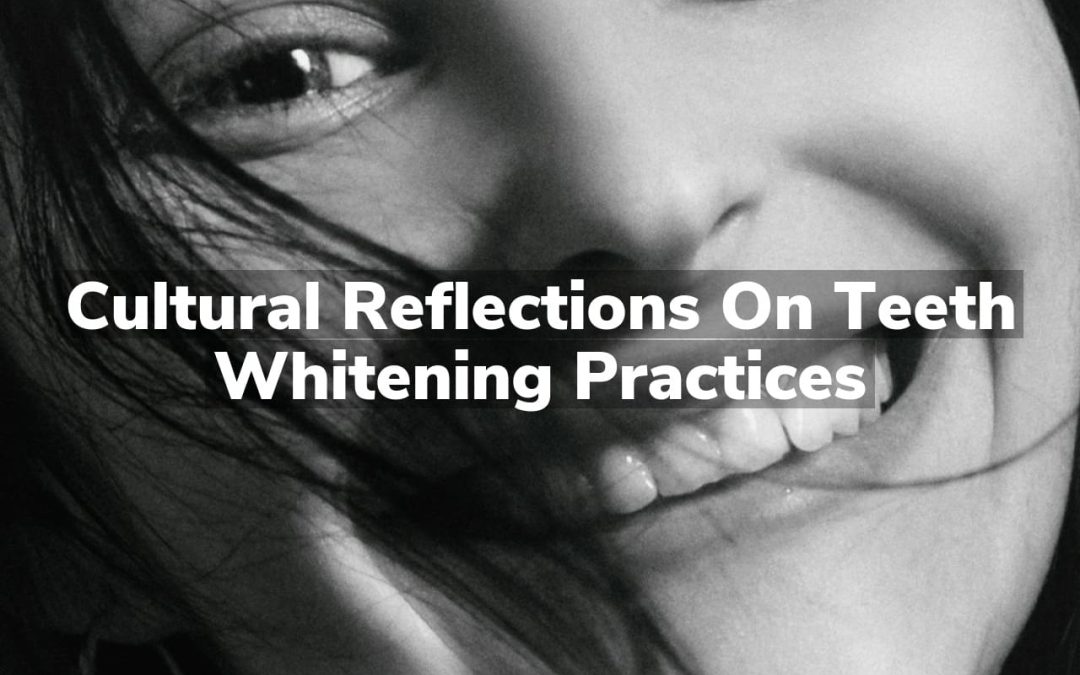How do cultural perceptions shape our attitudes towards teeth whitening practices? Across the globe, teeth whitening is seen through various lenses, often reflecting broader societal values related to beauty, health, and status. This post explores the diverse cultural reflections on teeth whitening, highlighting how these practices are influenced by and influence societal norms and expectations.
Historical Evolution of Teeth Whitening
The quest for a brighter smile is far from a modern obsession. The historical evolution of teeth whitening practices reveals a fascinating journey that spans centuries, reflecting the changing cultural values and technological advancements of societies around the world. Ancient civilizations, such as the Egyptians and Romans, were among the first to experiment with teeth whitening methods, using rudimentary ingredients like wine vinegar and ground pumice stone. These early endeavors highlight the longstanding human desire for aesthetic improvement and social status, which was often symbolized by a white, gleaming smile.
As we moved into the modern era, the development of dental science and technology significantly transformed teeth whitening practices. The 20th century, in particular, saw a surge in innovative techniques and substances designed to achieve brighter smiles more safely and effectively. However, with the proliferation of information and options available today, it’s crucial to separate fact from fiction in the realm of teeth whitening. For those interested in exploring this topic further, Busting Myths: Surprising Teeth Whitening Truths offers an insightful look into the realities behind common misconceptions, providing a clearer understanding of how teeth whitening practices have evolved and where they stand today.
Global Perceptions of Dental Aesthetics
The concept of beauty, especially when it comes to dental aesthetics, varies significantly across different cultures and societies. In some parts of the world, perfectly aligned and brilliantly white teeth are considered the pinnacle of beauty and a sign of health and prosperity. This perception has led to a high demand for cosmetic dental procedures in these regions, with teeth whitening being one of the most sought-after treatments. Conversely, there are cultures where dental modifications or the natural look of teeth, including their original color, are embraced and celebrated as unique beauty standards. These differing global perceptions highlight the cultural relativity of beauty standards, especially concerning dental aesthetics.
Understanding these diverse cultural attitudes towards dental aesthetics is crucial for anyone considering cosmetic dental procedures. It’s important to approach such decisions with an awareness of the wide range of beauty standards that exist globally. For those in Crown Point looking to enhance their smile in line with their personal or cultural beauty standards, Achieve a Brighter Smile in Crown Point might be a starting point to explore available options.
Social Media Influence on Dental Trends
In recent years, the landscape of dental aesthetics has been significantly reshaped by the pervasive influence of social media. Platforms such as Instagram, TikTok, and Facebook have become arenas where ideals of beauty and health are not only shared but also created. Among these, teeth whitening practices have gained substantial attention, reflecting a growing cultural fascination with achieving the perfect smile. Social media influencers and celebrities often showcase their flawless, bright smiles, setting a benchmark for beauty standards that many aspire to. This phenomenon has led to an increased awareness and interest in dental aesthetics, highlighting the powerful role social media plays in shaping public perceptions and trends in dental health and beauty.
Psychological Impacts of Teeth Appearance
The appearance of one’s teeth can significantly influence their psychological well-being and social interactions. A bright, white smile is often associated with health, vitality, and youth, contributing to higher self-esteem and confidence levels. Conversely, discolored or imperfect teeth may lead to self-consciousness, anxiety, and reluctance in social situations or professional engagements. This deep-seated connection between dental aesthetics and psychological health underscores the importance of considering how societal standards and personal perceptions intertwine in the realm of oral care. For those seeking to understand more about maintaining their dental health in a holistic manner, exploring options for comprehensive dental care is a step in the right direction. Learn more about your options at Crown Point Dentist.
Economic Factors in Cosmetic Dentistry Choices
The decision to pursue teeth whitening or other cosmetic dentistry procedures is often significantly influenced by economic factors. The cost of these treatments can vary widely, depending on the geographic location, the technology used, and the expertise of the dental professional. For many individuals, these procedures are considered elective and, therefore, may not be covered by insurance, necessitating out-of-pocket expenses. This financial aspect plays a crucial role in the decision-making process, as individuals must weigh the desire for cosmetic enhancement against their financial realities and priorities. The economic landscape also impacts the accessibility of such services, with disparities in affordability and availability observed across different socioeconomic groups.
Conclusion
As we reflect on the cultural implications of teeth whitening, it’s clear that societal standards and personal aesthetics play a significant role in this practice. For further insights, feel free to read reviews on Google Maps. If this topic has sparked your interest, call us at 219-663-1207 to continue the conversation.

